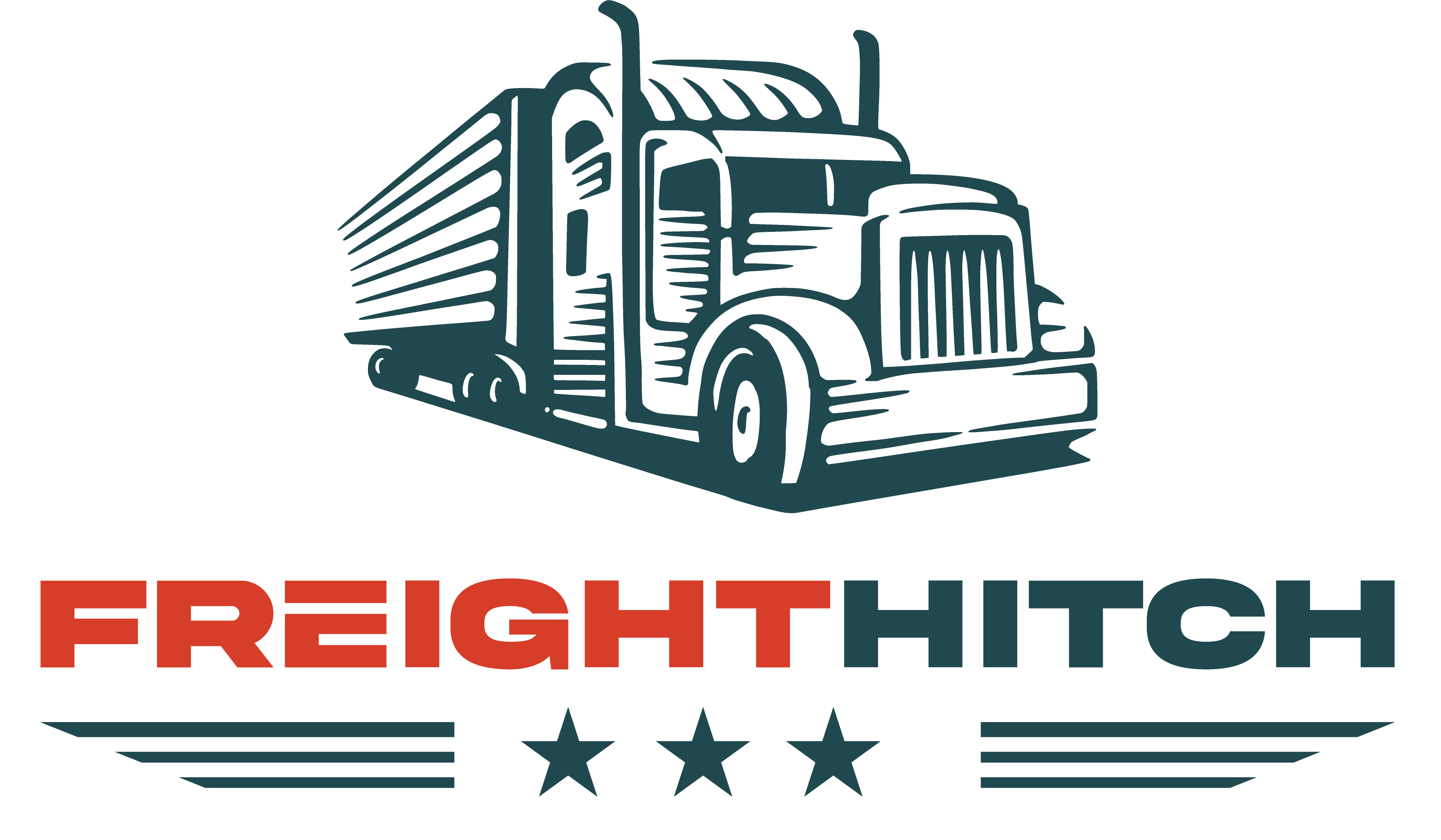Introduction
When it comes to managing freight logistics efficiently, an accurate LTL (Less-than-Truckload) quoting system is a crucial tool for businesses of all sizes. LTL shipping, where multiple shippers share the space in a truck, offers cost savings but can quickly become complex without a reliable quoting process. An LTL quoting system streamlines this by providing businesses with real-time quotes that account for various factors such as distance, freight class, and additional services.
Accurate quotes help businesses make informed decisions, avoid unnecessary costs, and ensure timely deliveries. Whether you’re shipping regionally or across the country, having a streamlined system in place will ultimately lead to more predictable logistics costs, fewer errors, and increased customer satisfaction.
Why LTL Quoting Systems Are Important
LTL quoting systems not only simplify the shipping process but also provide transparency, helping companies:
- Optimize shipping costs: By calculating the best rates based on the size and weight of freight.
- Improve delivery times: With data on available carriers and their performance, businesses can select the most reliable option.
- Increase efficiency: Automated quoting reduces manual input errors and saves time.
Additionally, as eCommerce and small to mid-sized businesses grow, managing shipping logistics manually becomes increasingly unfeasible. By adopting an LTL quoting system, businesses can keep up with their shipping needs while maintaining cost-efficiency.
How to Get Accurate LTL Quotes
Getting accurate LTL freight quotes is key to managing shipping costs and optimizing your logistics operations. An accurate quote can prevent unexpected fees, delays, or even damaged goods due to improper classification. While it may seem straightforward, obtaining the best LTL quotes requires attention to several important factors and strategies.
Here’s a step-by-step guide to help you get the most accurate LTL freight quotes:
1. Know Your Freight Class
Freight class is one of the most critical factors influencing LTL shipping rates. The National Motor Freight Classification (NMFC) assigns freight a class between 50 and 500, determined by factors such as density, stowability, handling, and liability.
For example:
- Class 50: Typically includes dense, heavy items such as bricks or tiles.
- Class 125: Includes moderately dense items like machinery or steel furniture.
- Class 400: Applies to items that are lighter and take up more space, like ping pong tables or pillows.
To determine your freight class, you’ll need to consider both the weight and dimensions of your shipment. Some companies offer online tools to help classify your freight, which can be found by searching for terms like “freight classification calculator.” Alternatively, you can hire a freight inspector if you’re unsure about your classification.
2. Provide Accurate Weight and Dimensions
Carriers base their rates largely on the space and weight your freight occupies in their trucks. Providing incorrect weight or dimensions can lead to additional fees or delayed shipments. To get the most accurate LTL quote:
- Measure carefully: Include pallet dimensions in your total measurement. For example, if you’re shipping machinery, you need to measure the entire palletized shipment, not just the machinery itself.
- Weigh accurately: To measure large shipments, businesses often use industrial-size floor scales, which can handle weights up to several thousand pounds. These scales are typically found in warehouses or distribution centers. If you don’t have access to one, freight carriers or local logistics companies often provide weighing services.
3. Understand Additional Services
If your shipment requires any additional services such as liftgate delivery, inside delivery, or residential delivery, it’s essential to include that information upfront. Carriers may charge extra fees for these services, so including them in your quote request will help avoid unexpected costs.
Many companies use freight management software to help automate these quotes. This software can either be provided by your company’s logistics team or purchased separately from various vendors. These tools allow you to input all necessary details for a more accurate quote, including any additional services needed.
4. Compare Carriers and Leverage Technology
Comparing carriers can be done manually or through third-party services. Calling different carriers directly to get quotes is an option, but it can be time-consuming and may not always give you the best rates. Some businesses use freight management systems that automate the process of comparing carriers, giving you access to multiple rates based on your shipment’s size, weight, and destination.
Alternatively, using a freight broker might save you time. Brokers work with multiple carriers and can often secure more competitive rates on your behalf. However, this depends on your specific shipping needs and the broker’s relationships with carriers.
5. Consolidate Shipments When Possible
Consolidating multiple LTL shipments into fewer loads can reduce your overall shipping costs. Grouping smaller loads together helps you qualify for better pricing, reducing your overall freight spend without sacrificing delivery timelines.
For example, a local hardware supplier that regularly ships small pallets of tools to different stores might benefit from consolidating shipments. Instead of sending out separate LTL shipments for each store, the company could consolidate them into one truckload headed toward a regional distribution center. From there, the consolidated load could be broken down and delivered to each store, reducing overall costs.
6. Maintain Strong Carrier Relationships
Building strong relationships with carriers can also help you secure more favorable rates. Establishing trust through reliable shipments, clear communication, and timely payments may lead to negotiated rates that aren’t available through general quoting systems.
By paying attention to these details, you can ensure that your LTL quotes are as accurate and cost-effective as possible, giving you a clearer picture of your logistics expenses and improving your bottom line.
Understanding LTL Freight Quotes
LTL freight quotes can often seem complex, as they are influenced by a variety of macro and micro factors. These quotes are not as straightforward as standard shipping quotes because they depend on the shipment’s specifics, route, and any additional services that might be required. Understanding what drives these quotes allows you to make informed decisions and potentially reduce shipping costs.
Factors Affecting LTL Freight Quotes
- Freight Class Freight class is one of the most critical factors influencing LTL shipping rates. Lower-class items (Class 50) are heavier and denser, typically resulting in lower shipping costs per unit compared to higher-class items (Class 400), which are lighter but occupy more space.
- For example, shipping a dense item like a stack of steel beams (Class 50) will generally cost less than shipping lightweight wooden furniture (Class 300) because the steel is more compact and easier to handle.
- Distance and Zones LTL quotes are also affected by the distance your freight needs to travel. Most carriers divide their service areas into zones, and shipping across more zones increases the cost.
- For example, shipping goods from Los Angeles to San Francisco (within a few zones) will cost less than shipping from Los Angeles to New York (crossing multiple zones).
- Weight and Dimensions The total weight and dimensions of your freight also significantly influence the final quote. LTL shipping is priced based on the amount of space your freight takes up in a truck. Larger cubic footage or irregular shapes are likely to cost more.
- For example, a pallet of boxed electronics, neatly stacked and packed efficiently, will cost less than shipping an oddly shaped object like a disassembled machine that takes up more space on the truck.
- Accessorial Charges In addition to the base rate, carriers may apply accessorial charges for services that go beyond standard dock-to-dock delivery.
- For example, if you are delivering to a residential address that requires a liftgate for unloading (since there is no loading dock), you could incur an additional charge for that service. Similarly, delivering to a limited access location like a school or a construction site will also add costs.
- Fuel Surcharges Most carriers add fuel surcharges to cover fluctuating fuel costs. These charges are generally calculated as a percentage of the base shipping rate.
- For example, if the price of diesel fuel spikes, you can expect to see an increase in fuel surcharges, which will be reflected in your final shipping quote.
How Are LTL Quotes Determined?
LTL quotes are determined using a combination of freight class, weight, dimensions, distance, and accessorial services. However, unlike other markets, LTL rates aren’t standardized across the board. Most carriers offer unique rates based on their operational costs and capacity. Freight management systems or brokers aggregate these rates and provide businesses with a comparative list.
You can use online platforms or work with freight brokers to access these quotes. These platforms gather data from multiple carriers, offering real-time rates. While there isn’t a “universal” market to check LTL rates like the stock exchange, websites that aggregate shipping rates or freight management software can serve as the closest comparison. Searching for “freight rate comparison tools” or “LTL freight calculators” can lead you to some helpful resources.
Macro vs. Micro Influences on LTL Quotes
The LTL market is affected by broader economic conditions and specific shipment factors. Here’s how each can impact LTL pricing:
- Macro Influences: These include fuel prices, the overall state of the economy, and supply-demand imbalances in the freight market. For example, when the economy is booming and demand for trucking is high, prices often increase due to capacity shortages.
- During the 2020 COVID-19 pandemic, there was a surge in eCommerce shipments, which strained carrier capacity and drove up LTL shipping costs across the board. As businesses rushed to meet consumer demand, rates spiked due to limited truck availability.
- Micro Influences: These refer to specific factors related to your shipment, such as size, weight, or delivery location.
- Shipping to a remote location like a rural construction site may increase costs because fewer carriers service those areas, leading to higher rates due to limited competition.
Reducing LTL Shipping Costs
To keep your LTL shipping costs as low as possible, you can optimize various aspects of your shipping process. Here are a few actionable steps:
- Optimize Packaging Reducing the dimensions of your freight by packing more efficiently can lower your shipping costs by reducing the amount of space your shipment occupies on the truck. Here’s how:
- Use stackable pallets to maximize space.
- Choose smaller, more compact boxes when possible.
- Use tools like Dimensional Weight Calculators to calculate the most efficient packaging.
- Some companies use specialized packaging consultants to redesign their shipping methods, especially when they have high volumes. Alternatively, packaging optimization tools available online can help calculate how to fit your items into the smallest possible dimensions.
- Use Freight Management Systems Invest in freight management software to help you find the best rates by comparing carriers, factoring in additional services, and optimizing routes. This software automates the quoting process, reducing human error and saving time. If purchasing software isn’t feasible, some logistics companies offer access to these systems as part of their service.
At Freight Hitch, we use PingHQ as our Transportation Management System (TMS). PingHQ helps manage key logistics processes such as dispatch, asset tracking, billing, settlements, and document management. It also offers features like driver logins, in-software communication, and dispatcher commissions, allowing us to streamline operations and provide accurate, real-time LTL quotes. With tools like these, we can ensure a more efficient and cost-effective shipping process for our customers. - Consolidate Shipments If possible, consolidate multiple smaller shipments into one larger shipment. This can help you qualify for volume discounts and reduce the overall cost per item.
- For example, a small electronics retailer that regularly ships individual items to customers across the country can consolidate these smaller orders into one larger weekly shipment to a regional distribution center, reducing the per-shipment cost.
- Plan Ahead Avoid peak shipping seasons when rates tend to be higher. Planning your shipments around non-peak times can help you secure lower rates. Additionally, scheduling regular shipments can improve your negotiating position with carriers.
For more insights into LTL logistics, check out our blog on Best LTL Carrier Practices and dive deeper into the topic with understanding reefer LTL and refrigerated LTL carriers.
Conclusion
Mastering the LTL quoting process and implementing efficient LTL management strategies are key to reducing logistics costs and improving overall shipping performance. By understanding the factors that influence your LTL quotes—such as freight class, weight, and distance—you can better prepare your shipments and ensure you’re receiving the most accurate quotes. Using tools like freight management systems and staying aware of market conditions allows businesses to make more informed decisions.
To stay updated on industry trends and best practices, explore more about freight logistics and transportation at Logistics Management, a trusted authority in the logistics industry. For additional resources on optimizing your freight operations, don’t forget to visit our blog at Freight Hitch, where we provide insights and solutions for managing LTL shipments.




